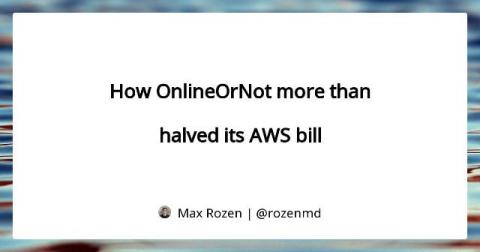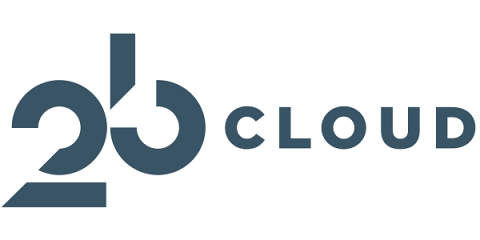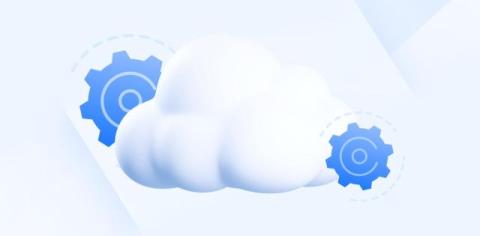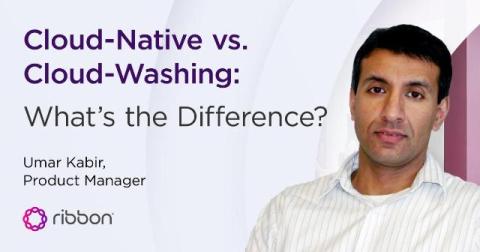Local presence today, global potential tomorrow: using colocation to access an ecosystem that drives growth
In an era where modern commerce is inseparable from technology, digital transformation has become crucial for businesses to survive and thrive in all markets. Scotland has led the way in understanding the impact of this shift. In August 2023, the Independent Expert Group (IEG) on Unlocking the Value of Data delivered its report to the Digital Directorate, covering private sector use of public sector personal data.











